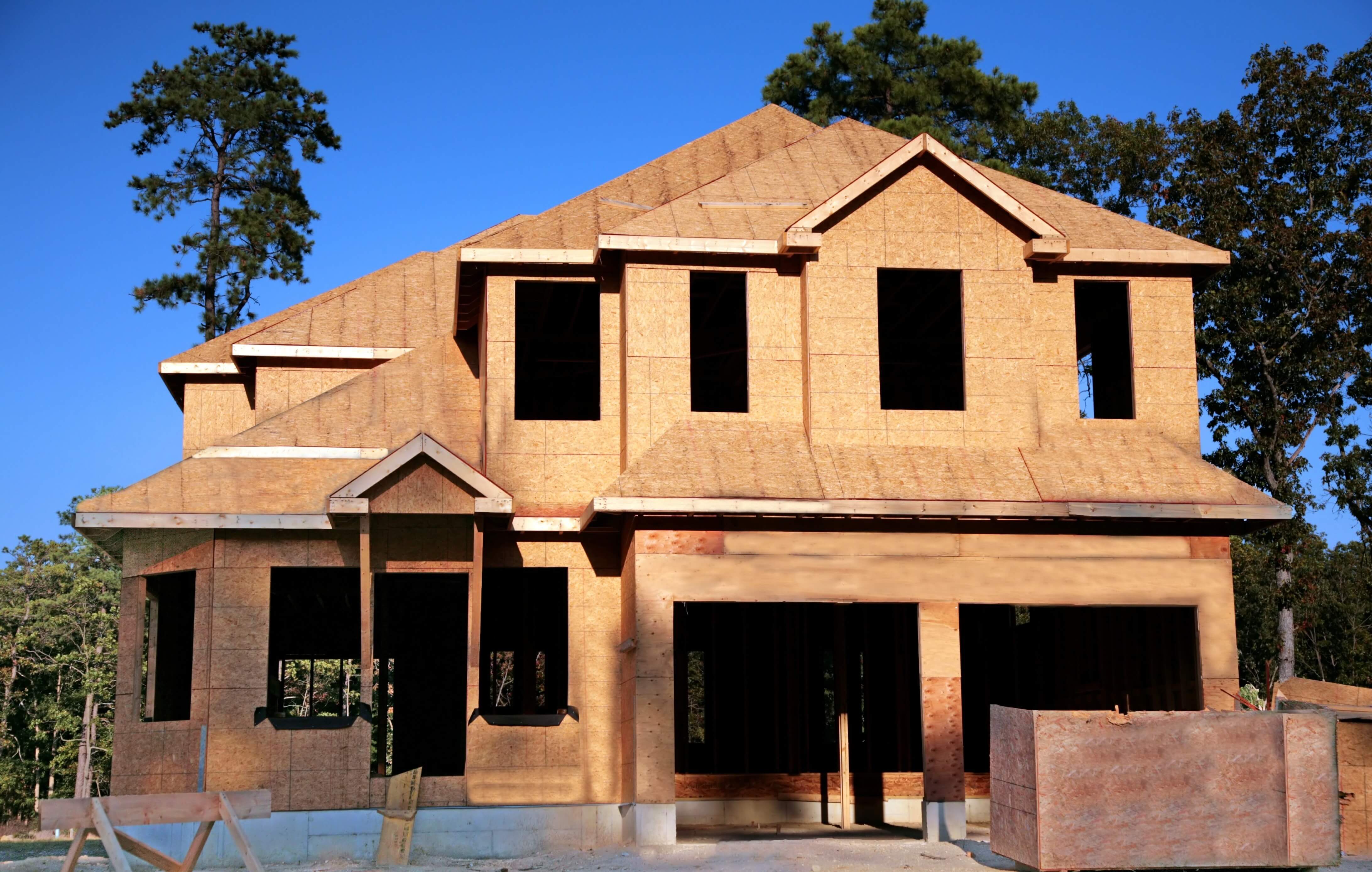Deciding between a modern layout and conventional design can be daunting when designing a new house. Each design offer unique advantages and appeal to different lifestyles, making it crucial to consider what suits you best. With the increasing popularity of contemporary lifestyles, open concept designs have become favored for their ample space and capability to create a smooth transition between rooms. On the other hand, traditional layouts provide distinct areas that can improve seclusion and organization.
As you start your process of constructing a house, it is vital to weigh the advantages and disadvantages of these layouts in the context of your needs and preferences. Whether you are drawn to the airy feel of an open floor plan or the classic charm of traditional rooms, understanding the implications of each design choice will assist you create a home that authentically represents your lifestyle. In this article, we will explore the essential factors to think about when deciding between an open concept and a traditional layout, alongside helpful suggestions to assist your new home construction.
Understanding Layouts: Open Concept vs. Conventional
While deciding on the configuration of your recently constructed home, one must crucial to weigh the benefits and drawbacks of open-plan versus classic designs. Open concept homes focus on a unconfined layout where the cooking area, living area, and dining room blend together. This style promotes socializing, making it suitable for family reunions and hosting visitors. The lack of barriers can also create an sense of expanded space, allowing for versatility in furniture arrangement and styling.
On the other hand, conventional layouts present defined spaces that provide privacy and division between various areas of the home. Rooms like the cooking area, eating area, and lounge are neatly separated, which can create a sense of warmth and organization. For families with designated needs, such as home offices or children's areas, this type of layout can prove beneficial, as it allows for dedicated spaces adapted to specific activities.
Ultimately, the decision between open-plan and conventional layouts boils down to subjective choice and way of life. Reflect on how you and your family conduct yourselves, host, and make use of space daily. Both layouts hold their own benefits, so thinking through your needs and how you see your new home will help you choose wisely for your upcoming build.
Constructing Schedule: How Long Does It Really Take?
The timeline for building a new house can differ greatly based on several factors, including the size of the home, the intricacy of the design, and the efficiency of the building team. Typically, the entire procedure can take anywhere between several months to over a year. On average, anticipate around six to nine months for a standard single-family house. This timeframe includes site preparation, the real construction phase, and the final check-ups prior to moving in.
To get a more detailed breakdown, important stages such as getting permission and reviews typically take several weeks to a few months, depending on local regulations. As soon as construction starts, the framework, electrical, plumbing, and finishing work each take a certain amount of time. Moreover, delays can occur due to weather conditions or supply chain issues, which are more and more common in today's building landscape. Keeping an honest communication of dialogue with your builder about updates and challenges is essential in managing expectations.
Understanding this timeline can assist you adequately plan your transition into your new house and prevent any unexpected events. It also emphasizes the importance of comprehensive planning and preparation before starting construction. Being aware of potential delays and having a clear timeline, you can better manage the challenges of new house construction and ensure a smoother building experience.
Funding Your New Home: Key Tips
When embarking on the journey of constructing a new home, grasping your financial options is imperative. Begin by looking into different types of funding solutions specifically designed for recent construction, such as construction-to-perm loans or regular mortgage options. Every type has its own set of conditions and effects for your budget, so it’s crucial to acquaint yourself with the terms, interest rates, and payback terms. Consulting a financial advisor can help determine which financing option is best suited for your budgetary needs.
In addition, budgeting plays a major role in the funding of your future home. Be sure to account for both direct costs and continuing expenses. Creating a comprehensive budget will help you locate areas where you can cut costs and where you might need to splurge. Remember the unexpected costs associated with brand new builds, including regulatory approvals, inspections, and landscaping. Implementing a solid financial plan in order can prevent surprises later on and ensure that your desired home doesn’t come with an overwhelming financial load.

Finally, securing pre-approval from financial institutions can give you a competitive edge when it comes to making offers or working out deals with developers. Getting pre-approved provides you with a clearer picture of how much you can afford and shows builders that you are a genuine buyer. Spend Longshaw Construction and contrast offers, as rates and terms can vary significantly among financial providers. With a aggressive approach to financial planning, you’ll be more ready to navigate the construction process and enjoy the exciting journey of building your dream home.
